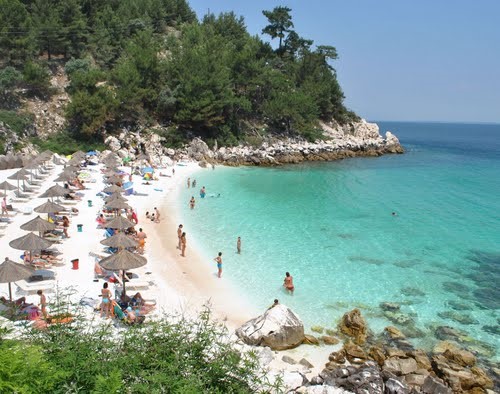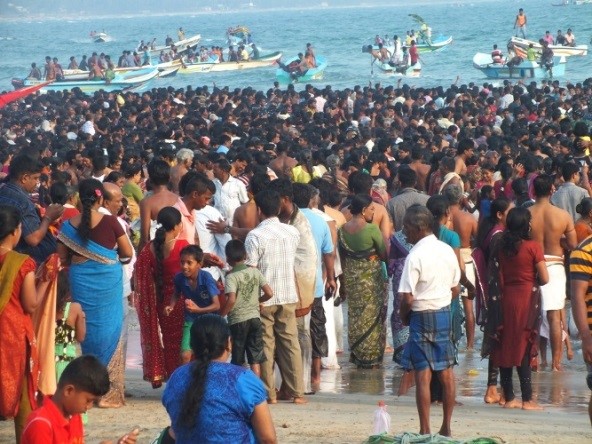Project Location
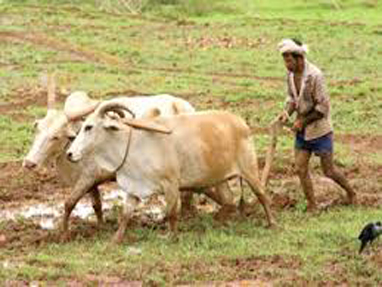

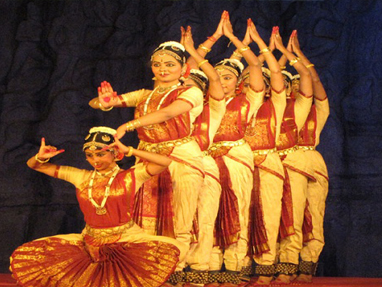
Tamilnadu
Tamil Nadu lies in the southernmost part of the Indian Peninsula and is bordered by the union territory of Puducherry and the South Indian states of Kerala, Karnataka, and Andhra Pradesh. It is bounded by the Eastern Ghats on the north, by the Nilgiri, the Anamalai Hills, and Kerala on the west, by the Bay of Bengal in the east, by the Gulf of Mannar and the Palk Strait on the southeast, and by the Indian Ocean on the south. The state shares a maritime border with the nation of Sri Lanka. Chennai formerly known as madras is the capital city of Tamilnadu. Tamil Nadu covers an area of 130,058 km2 (50,216 sq. mi), and is eleventh largest state in India. The bordering states are Kerala to the west, Karnataka to the North West and Andhra Pradesh to the north. To the east is the Bay of Bengal and the state encircles the union territory of Puducherry. The southernmost tip of the Indian Peninsula is Kanyakumari which is the meeting point of the Arabian Sea, the Bay of Bengal, and the Indian Ocean.Tamilnadu
Tamilnadu
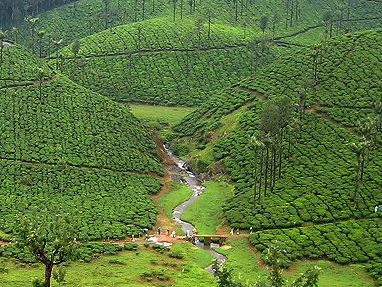
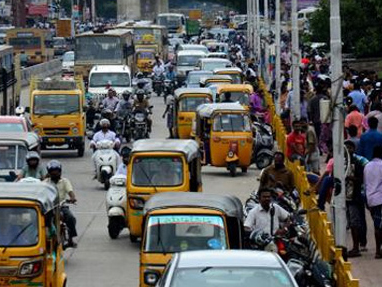
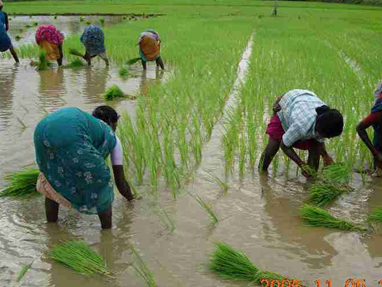
Climate:
Tamil Nadu is mostly dependent on monsoon rains, and thereby is prone to droughts when the monsoons fail. The climate of the state ranges from dry sub-humid to semi-arid. The state has two distinct periods of rainfall:• South West Monsoon from June to September, with strong southwest winds;
• North East Monsoon from October to December, with dominant north east winds;
The annual rainfall of the state is about 945 mm (37.2 in) of which 48 per cent is through the north east monsoon, and 32 per cent through the south west monsoon. Since the state is entirely dependent on rains for recharging its water resources, monsoon failures lead to acute water scarcity and severe drought. Tamil Nadu is divided into seven agro-climatic zones: north east, North West, west, southern, high rainfall, high altitude hilly, and Kaveri Delta (the most fertile agricultural zone).

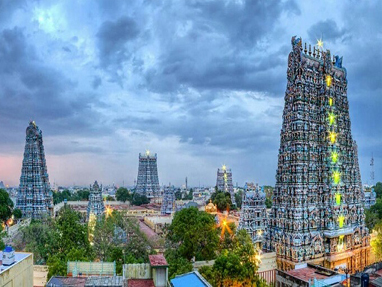
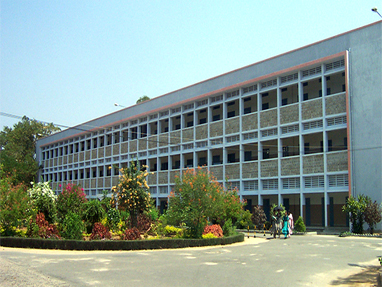
Language:
Tamil (தமிழ்) is the official language of Tamil Nadu. English is also in common usage as an official language of India. When India adopted national standards, Tamil was the first language to be recognised as a classical language of India. As of 2001 census, Tamil is spoken as the first language by 89.43 percent of the population.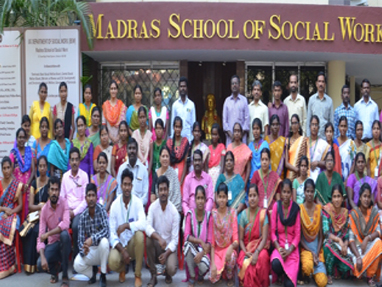
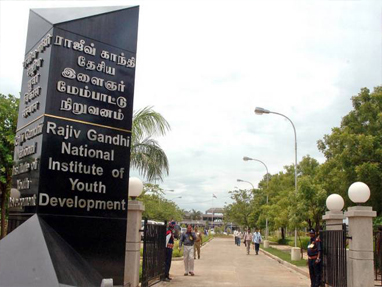
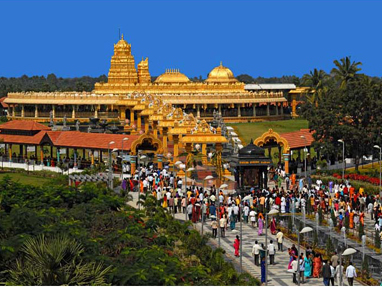
Transport:
Roads Tamil Nadu has one of the largest networks of roads in India. A number of national Highways pass through the state. They link the state with other parts of the country. Besides the national highways, there are State highways and local roads that connect different parts of the state. The length of road network in Tamil Nadu is about 1.70 Lakh km.Vehicles
Almost all types of Luxury, Semi-luxury buses and tourist taxis are easily available for hire. Taxes of other States, toll tax, parking fees, Airport entry fee, ferry Charges etc. is charged extra.Taxis
Tourist taxis are also available throughout Tamil Nadu. The tourist taxis can be hired for intra as well as interstate transportation. There are options of hiring self-driven or Chauffeur driven car.Auto Rickshaws
For local city/town transportation auto rickshaws are easily available in almost all major towns and cities.Local Bus Services
Tamil Nadu State Transport Corporation and Private Operators operate local bus services at regular intervals, connecting most places in Tamilnadu.Railways
Tamil Nadu has a well-developed network of about 6,693 km and there are 690 railway stations in the state. The main Rail junctions in the State are Chennai, Madurai, Salem, Tiruchirapalli and Coimbatore.Aviation
Tamil Nadu is well connected with other parts of India and the world by air network. Airports are located at Chennai, Madurai, Tiruchchirappalli, Coimbatore, Salem and Tuticorin.Ports
Since Tamil Nadu has a long coast; the shore is lined with numerous minor and major ports. Some of the Seaports in Tamil Nadu are Chennai, Tuticorin, Cuddalore and Nagapattinam.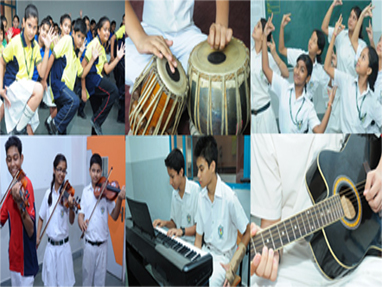
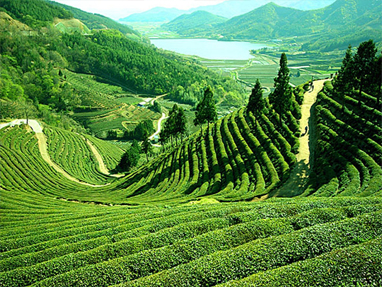
Assam:
Assam is a state in north-eastern India, south of the eastern Himalayas along the Brahmaputra and Barak Valley. Assam covers an area of 30,285 sq. mi (78,440 km2). The state is bordered by Bhutan and the state of Arunachal Pradesh to the north; Nagaland and Manipur to the east; Meghalaya, Tripura, Mizoram, and Bangladesh to the south; and West Bengal to the west via the Siliguri Corridor, a 22 kilometres (14 mi) strip of land which connects the state to the rest of India.
The Assamese economy is aided by wildlife tourism to Kaziranga National Park and Manas National Park which are World Heritage Sites. This rain feeds the Brahmaputra River, whose tributaries and oxbow lakes provide the region with a hydro-geomorphic environment.
Assam
Assam
Climate & Weather:
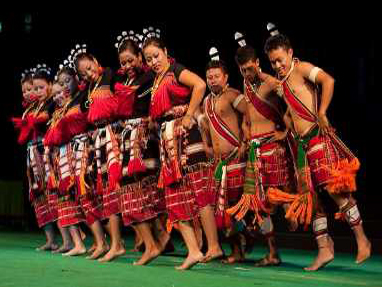
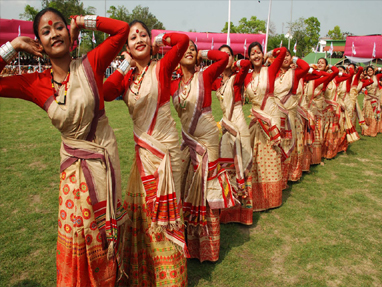
Language:
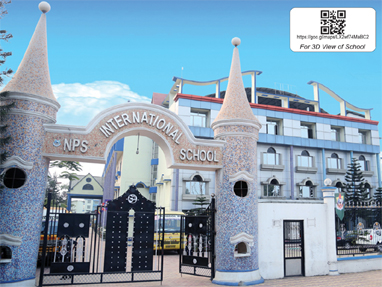
Public transportation:
Public transport in Assam comprises of Roadways, Railways, Airways, Inland waterways, Rickshaws, Taxis/cabs and others. The costs are reasonable and are of easy access.


Rajasthan:
Rajasthan literally “Land of Kings” is India's largest state by area (342,239 square kilometres (132,139 sq. mi) or 10.4% of India's total area). It is located on the north western side of the India, where it comprises most of the wide and inhospitable Thar Desert (also known as the "Rajasthan Desert" and "Great Indian Desert") and shares a border with the Pakistani provinces of Punjab to the northwest and Sindh to the west, along the Sutlej-Indus river valley. Elsewhere it is bordered by five other Indian states: Punjab to the north; Haryana and Uttar Pradesh to the northeast; Madhya Pradesh to the southeast; and Gujarat to the southwest.Rajasthan
Rajasthan
Climate:
The Climate of Rajasthan in north western India is generally arid or semi-arid and features fairly hot temperatures over the year with extreme temperatures in both summer and winter. The south-eastern area is higher in elevation (100 to 350 m above sea level) and more fertile. The North western thorn scrub forests lie in a band around the Thar Desert, between the desert and the Aravallis. This region receives less than 400 mm of rain in an average year. Temperatures can sometimes exceed 54 °C in the summer months or 129 degrees Fahrenheit and drop below freezing in the winter.

Language:
Rajasthani is the official language of Rajasthan. However, Hindi and English are also widely spoken and understood respectively.Public transport:
The most common local transport in Rajasthan is Mahindra Jeep and Auto Rickshaws. Government buses are readily available throughout the state.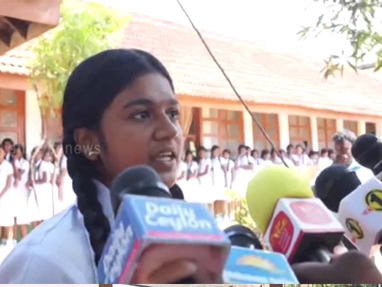

Jaffna:
Jaffna (Tamil: யாழ்ப்பாணம்) is the capital city of the Northern Province of Sri Lanka. It is the administrative headquarters of the Jaffna district located on a peninsula of the same name. With a population of 88,138, Jaffna is Sri Lanka's 12th largest city. Prior to the Sri Lankan civil war, it was Sri Lanka's second most populated city after the commercial capital Colombo. The 1980s insurgent uprising led to extensive damage, expulsion of part of the population, and military occupation. Since the end of civil war in 2009, refugees and internally displaced people have started to return to their homes and government and private sector reconstruction has begun.Srilanka
Srilanka

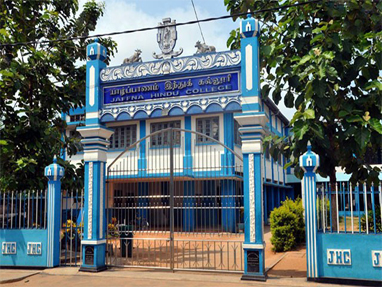
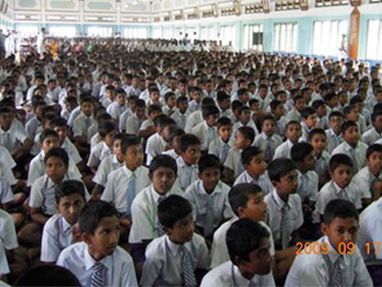
Climate
Jaffna features a tropical rainforest climate with no true dry season month. Jaffna has the highest average temperature in Sri Lanka of 83 °F (28 °C). The temperature is highest in the months of April – May and August – September. The temperature is coolest in December – January. The annual rainfall is brought in by the North East monsoon and it varies from one place to the other and also from year to year. The average rainfall is 50 inches in the western part of Jaffna peninsula.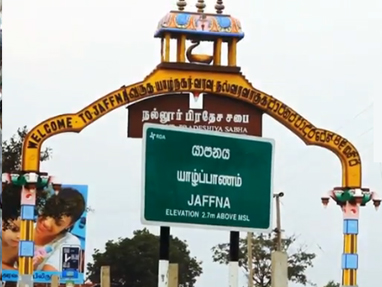
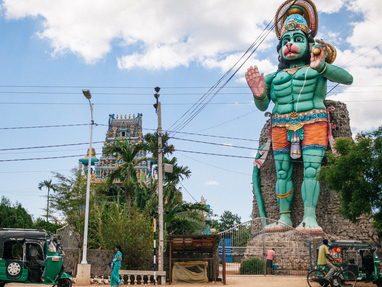
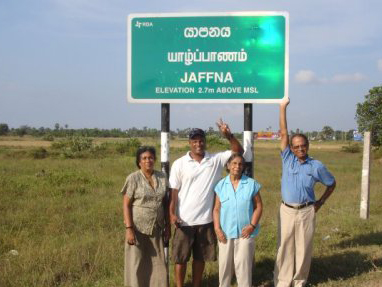
Transport
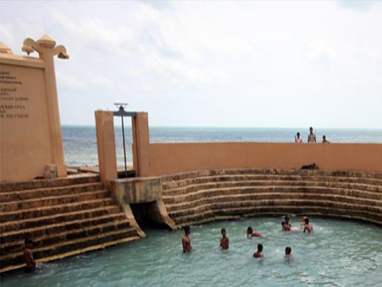
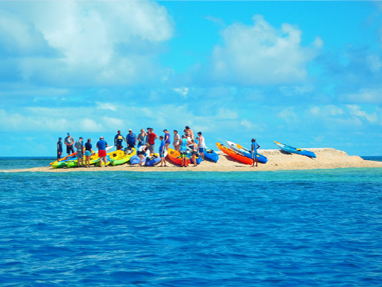
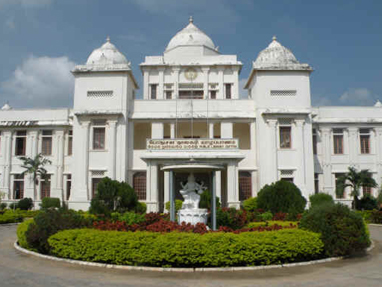

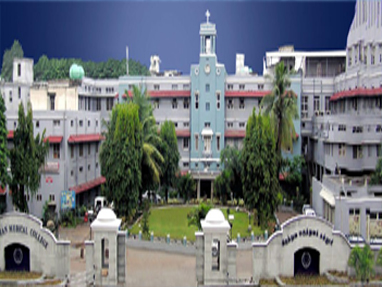
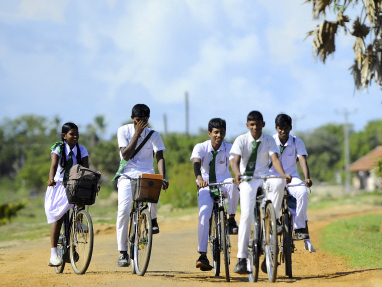

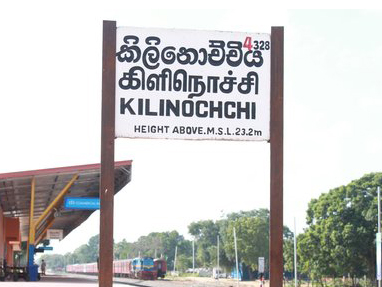
Kilinochi
Kilinochchi is the main town of Kilinochchi District, Northern Province of Sri Lanka. Kilinochchi is situated at the A9 road some 100 km (62 mi) south-east of Jaffna. It was the administrative center and de facto capital of the LTTE (Tamil Tigers) until 2 January 2009, when troops of the Sri Lankan Army recaptured the city.Climate

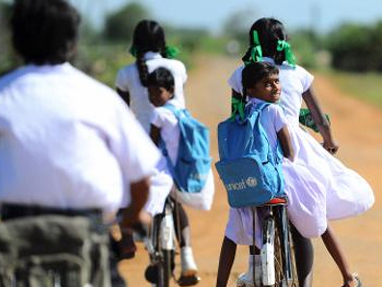
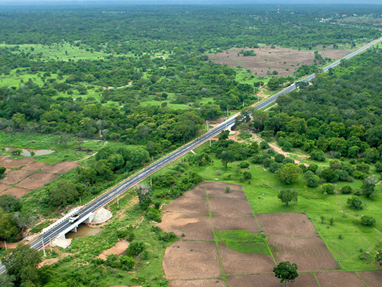
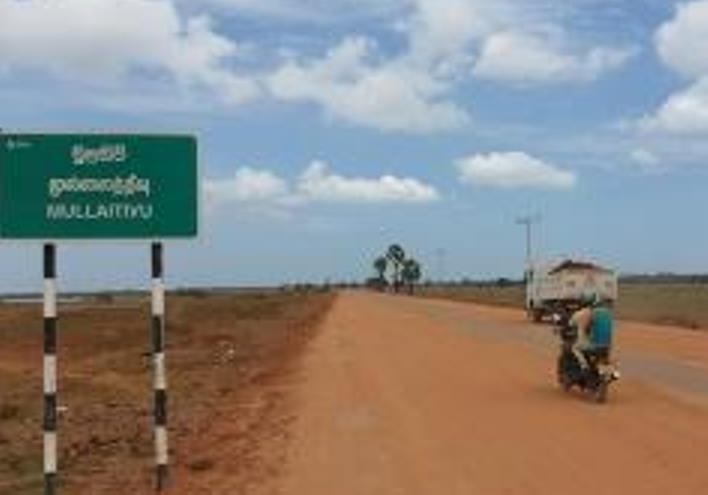
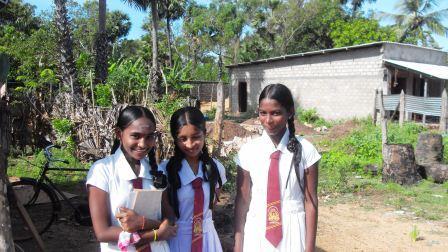
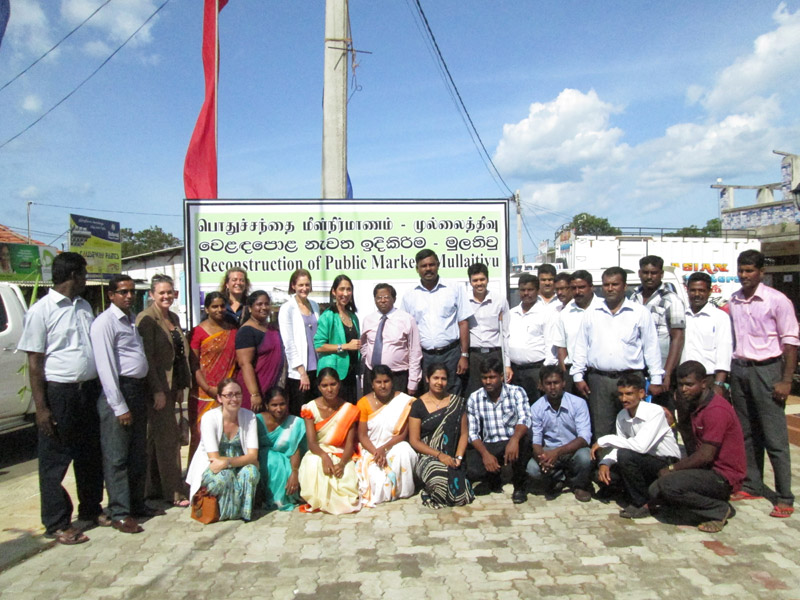
Mullaithivu
Mullaithivu is the main town of Mullaitivu District, situated on the north-eastern coast of Northern Province, Sri Lanka. A largely fishing settlement, the town in the early 20th century grew as an anchoring harbour of the small sailing vessels transporting goods between Colombo and Jaffna. The town has a District Secretary's office, many other government institutions and schools located in and around the area. Volunteers will engage with the local children, students and old people of war affected Jaffna. They will involve in various volunteering activities such as teaching kids science and mathematics, life skills teaching, educating the uneducated women of Jaffna and also participating in many peace and reconciliation process. Psychology students are invited to learn the mental states of people of Jaffna and also to help the war affected regions of Sri Lanka.

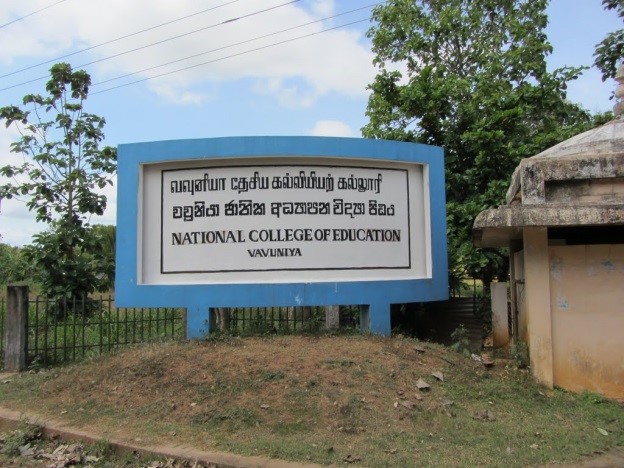
Vavuniya
Vavuniya is a large town in the Northern Province, Sri Lanka, governed by an Urban Council. It is also the main town in the Vavuniya District. The Security Forces Headquarters - Wanni is located in Vavuniya. The town has a railway station, which is located on the Northern Line. The Vavuniya airport which is also used by the Sri Lankan Airforce is also located here.
Vavuniya is situated in the middle of the Vanni region and it's the gate to Northern Province where people can access all the northern cities quickly.
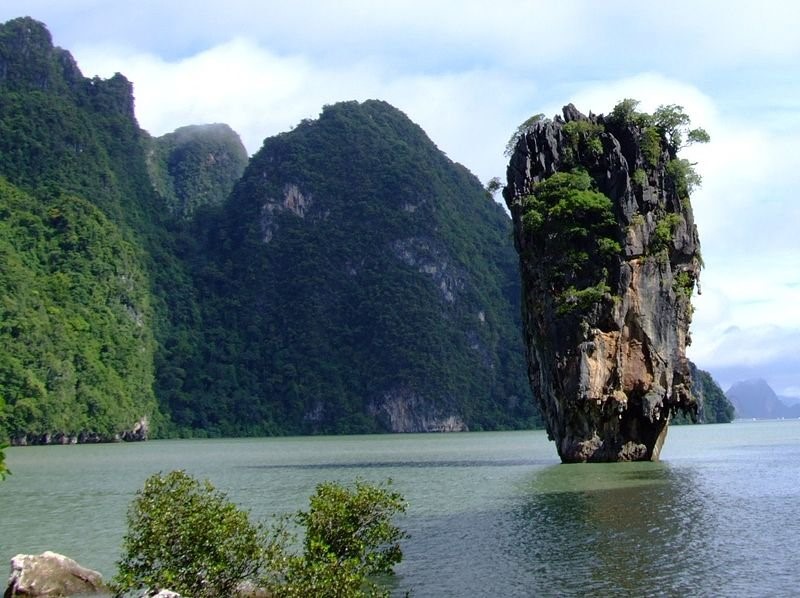
Triconamalee
Trincomalee also known as Gokanna, is the administrative headquarters of the Trincomalee District and major resort port city of Eastern Province, Sri Lanka. Located on the east coast of the island overlooking the Trincomalee Harbour, 113 miles south of Jaffna and 69 miles north of Batticaloa, Trincomalee has been one of the main centres of Sri Lankan Tamil language speaking culture on the island for over two millennia. With a population of 99,135, the city is built on a peninsula of the same name, which divides its inner and outer harbours. People from Trincomalee are known as Trincomalians.
